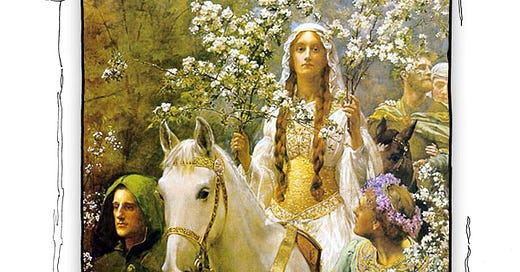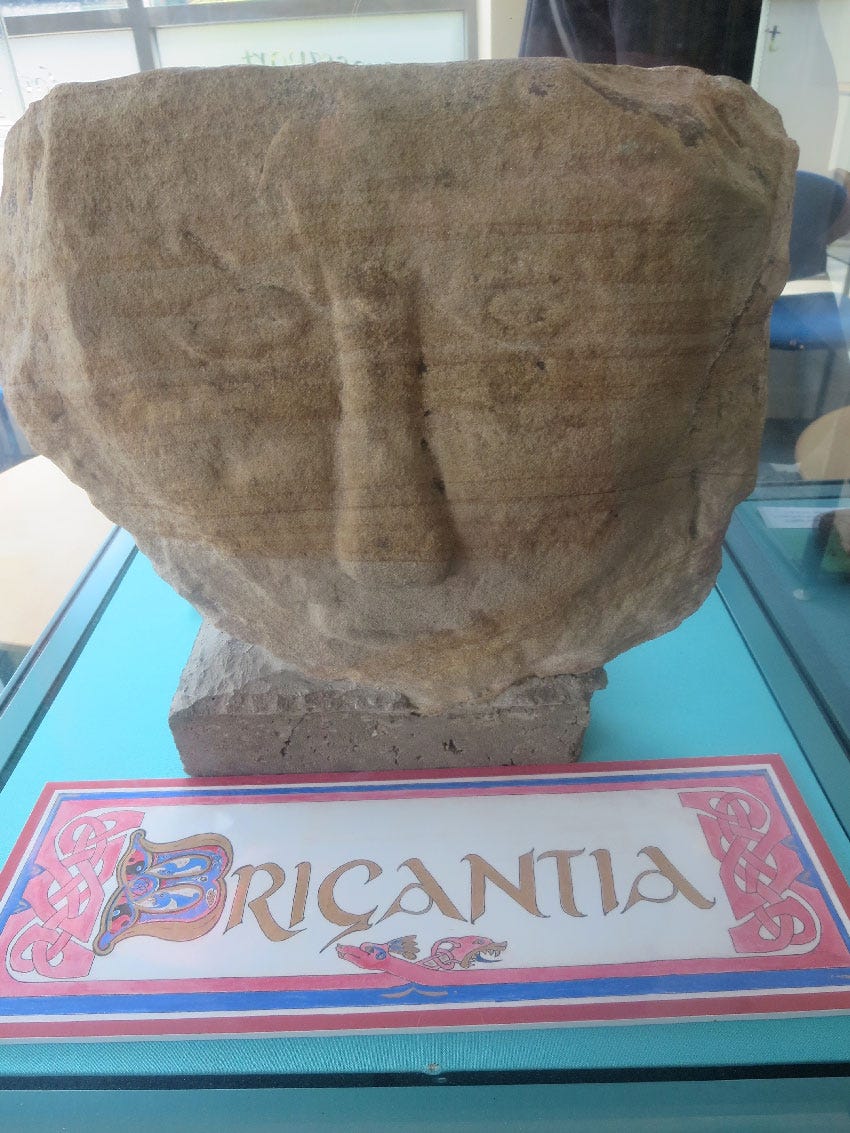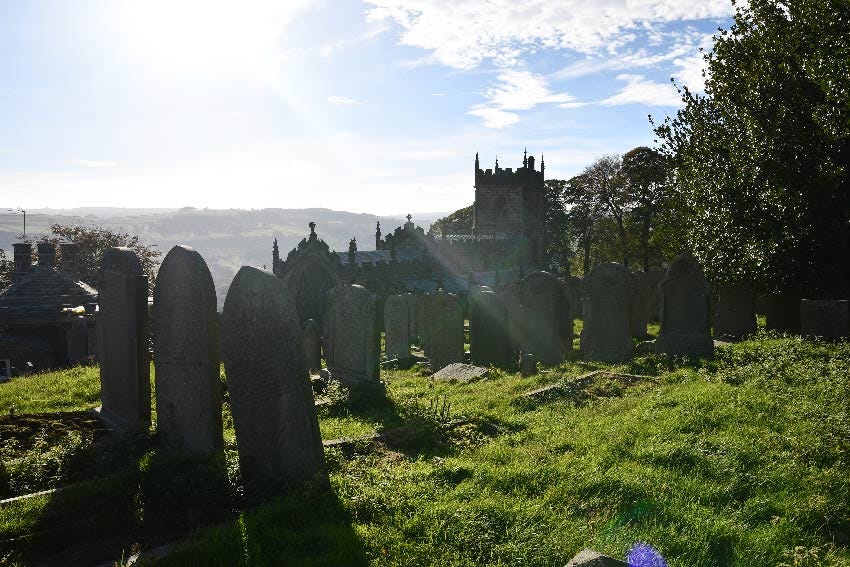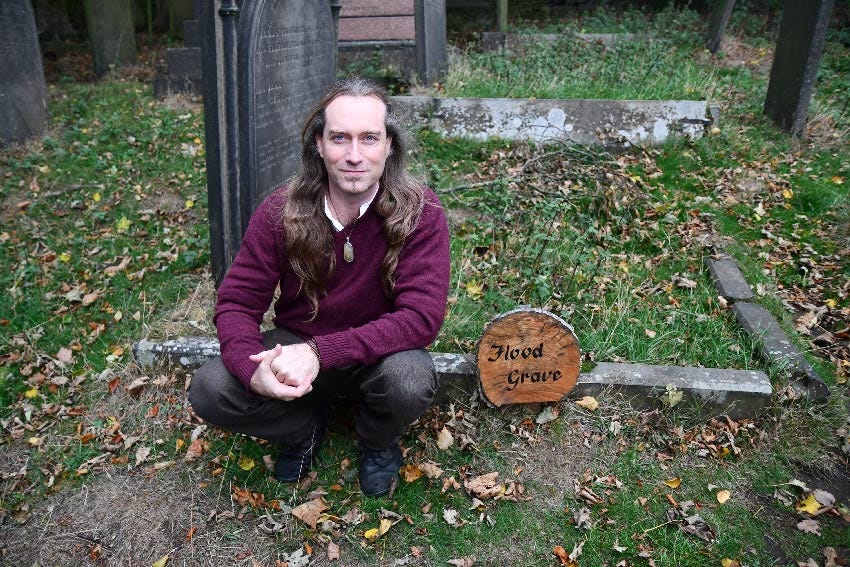Maid Marion & The Bowers of Beltaine
Let's take a dance round that old may pole together and meet the Forest Ladies...
As we enjoy Beltayne here in the northern hemisphere, I am reminded of the Mayday revels and festivals my ancestors celebrated, where the garlanded altar to the Goddess spoke of the abundance of nature, and the gift and miracle of her renewal.
As a child we would dance the may pole at our local church and also visit the outlying villages, where my auntie, and recent ancestors had lived, to celebrate Beltaine.
In England these May traditions were full of goddess and Magdalene energy, and the May Queen felt like a time traveller from ancient stories of the tribal Queens.
On Mayday, and in various other celebrations such as Oak Apple Day, flower garlands of the goddess were placed on outdoor altars and shrines, such as sacred springs and stones.
In Ireland, young women crafted garlanded female dolls and attached them to the tops of maypoles, and different villages gathered together to declare the best-dressed doll. Over time this talismanic feminine spirit doll, who embodied the spirit of the Goddess of the land was dropped and just the garland of her flowers remained.
Maid Marian, mistress of Robin Hood was also a Queen of the Mayday revels, and her altars were garlanded in village greens and also deep in green-shaded forests.
Her legacy is a forgotten one, that comes from the deep-rooted grail lineages of the Old North, Hen Ogledd, a Brythonic Motherland that once spanned from Wales across to the Dales.
Often, Maid Marion and Mary Magdalene are entwined as the May Queen.
This lineage is woven like a garland into my feminine soul, with so many secrets that over time I want to reveal to you. But first I want to share how it took its roots….
Remembering my lineage…
Many of my father’s ancestors were from the Derbyshire Dales and Yorkshire moors, full of wild old magic, spitting distance of the stone circles and the mother mountain of Mam Tor. Just after Samhain in 2013, as life rested back into the Earth Womb, dad was buried in the foothills of Mam Tor, the ancestral Mother Mountain.
Nearby, in Hathersage, the next village along from my father’s burial place, is the reputed burial ground of Little John, one of the scarlet-and-green Magdalene worshippers of Robin Hood lore, also connected with the ‘oak wood god’. His grave can still be visited, and measures thirteen feet. Bones of an unusual size were found buried there in 1784 – and folklore says a curse is upon those who remove them.
On top of Mam Tor are burial chambers thousands of years old, and family burials in Treak Cavern at the base of the mountain suggest that Neolithic people lived around Castleton 7,500 years ago. Mam Tor was also home to Celtic tribes who lived in terraced round houses on the peak almost 3,000 years ago. This indigenous Celtic tribe called the Brigantes worshipped a Goddess called Brigantia – and her memory lives on in the folk memory of the land, where the Garland Ceremony is still held every year in May, in one of the last living traditions of Goddess worship in Britain.
The Garland Ceremony features a King and his consort, and a flower bower called the “Queen” which crowns him. This may be the same bower of Robin Hood, whose memory is laced across these lands, as he hails just a few hilltops across, in Loxley. Likewise, Maid Marian is his May Queen, bestowing the female blessing of the land.
‘The May Queen and the May King as bride and bridegroom is reminiscent of the sacred marriage of the Magna Mata Festival; and as Kybele was responsible for the flowering the fields, so the May Queen sat in an arbour wreathed with flowers, or in a porch of the church, similarly adorned,’ says British anthropologist, E.O. James.
Later on, this tradition became associated with the ‘Rape of the Flower Bride’, where an evil knight kidnaps the Queen and imprisons her in a tower. In Arthurian myth, Guinevere is held in a citadel in Glastonbury, so Arthur raises an army to find her. In Christian lore, Mary Magdalene takes up the mantle of the fallen flower bride.
The Ancestral Robin of Loxley & Maid Marion
My ancestral loom kept spinning and weaving, next calling me to remember my mother’s lineage in Loxley, the birthplace of Robin Hood - the “Green Man”.
Nearby is a special old church, on land once sacred to Robin Hood and Maid Marion, who were followers of Mary Magdalene and the ancient Goddess lineage.
I remember one of our visits there, as my mother was dying…
We open the gateway to the old Church and walk through the pathway. On a yew tree to the right I see a baby’s pacifier dangling from the branches, alongside ribbons. This is the old custom of honoring a ‘Mother Tree’ and tying ‘clouties’, rags and ribbons, and even dolls and baby wares, if fertility is needed, into her branches for luck. It goes back to the old traditions – as far back as Sumeria – which tell of a Tree of Life. I’m amazed to see that the old ways are still being practiced, for all to see, in the church grounds. The offerings flutter against the wild sky, politely ignored by religious folk.
We walk out into the graveyard, as a mist and rain is coming in – the hill is always moody with the ancestral realms seeping in. We see a wooden carved plaque with the words “Hood Grave” written on. We are shocked – did we really just stumble onto Robin Hood’s grave? This church was my favorite place to visit with mom and dad, and possibly the only church I ever saw mom set foot in, as it feels more like a dark cave. In all the years I’ve visited I have never before seen a sign designating Robin Hood’s grave.
It is not a casual sign either: it is carefully carved out on a round wooden cut of a tree; it is varnished to withstand the weather, and the carving elegantly spells out ‘Hood Grave’.
The church is just down the road from Loxley, where my mom was born. Of course, Loxley is also the birthplace of Robin Hood – ‘Robin of Loxley”, so it would make sense he might be buried here. Earlier on, driving to the church we had passed ‘old Loxley road’ post office, written in medieval text, and seen a sign for “wisewood”, another name of the area; Robin of the wise wood, the wild wood. My mom’s address was ‘wise wood’.
Recent scholarship is re-examining Robin Hood legends, often now placing him in the Yorkshire region, rather than in Nottingham. Sherwood Forest spanned both counties.
It’s not just a new theory either; the historian Roger Dodsworth in 1620CE wrote, "Robin Locksley, born in Bradfield parish of Hallamshire.” Joseph Hunter writing in 1819, reaffirmed this local tradition, stating that Loxley Chase has ‘the fairest pretensions to be the Locksley of our old ballads, where was born that redoubtable hero Robin Hood’.
Robin Hood was also known as a ‘God of the Witches’, a theory put forward by Dr Margaret Murray. Old local lore supports this tradition. Robin as a primeval ‘Christ’ figure, possibly a Templar Grand Master, was a central figure in medieval worship –rooted in the sacred feminine ‘Magdalene Mysteries’, with its tantric ‘witch sabbaths’.
Intuition told me that if this was the church where Robin Hood was buried, then chances are it was also a Magdalene church, connected to the Templars and their Mary worship.
It certainly is an unusual place, filled with strange atmospheres and histories, with the mound of Bailey Hill rising up behind it, reminding it of its place in the scheme of things. If Christ was here, then the fairies and the witches were dancing the circle around him.
In medieval times, Bradfield Church was a popular meeting place, and local lore says people gathered to practice archery in the churchyard - mirroring the legends of Robin Hood and his ‘merry men’ as skilled archers. Robin is popularly depicted with bow and arrow. Inside the church was an unusual iron-bound chest hewed out of a solid tree, that was used for collecting money for the Crusades and a stained-glass window featuring Mary Magdalene anointing Jesus, with the words “she hath done all she could” written above it. In another window, there is an unusual image, as two doves hover over the scene of Mother Mary’s ritual purification, 40 days after the birth of Jesus.
For such an obscure, rural place, Bradfield Church has attracted high-placed fans. The famous Victorian art critic and benefactor of the Pre-Raphaelites, John Ruskin, considered founding an art college there, possibly a covert type of ‘mystery school’ or occult magic college. He also bought a farm nearby with thoughts of creating an off-grid community.
He was mentor to Lizzie Siddal, famed for her red hair, who posed for Dante Gabriel Rossetti’s artwork, including a painting of Mary Magdalene. Lizzie’s family had originally come from Yorkshire, and she even attended art college in Sheffield. Legends are she came from a noble family in the area, with claim to a famous lineage, before it was lost and forgotten.
I contemplated if the Pre-Raphaelites were connected into a secret Mary Magdalene cult, through their artwork, based on Templar memory? Maybe they knew secrets about this mysterious church, sat up high on a pagan holy site, and connected to Robin Hood? Maybe Lizzie Siddal was their modern Maid Marian? Explaining why she was financially supported by Ruskin for years, as her art patron, but even when she didn't create art.
It felt like the land spirit, and the Ancestors, were trying to tell us something.
The winds were wshipering, with forgotten tales and threads of Maid Marian, Mary, Our Marion, Merry Men, and the Mer lineage of old.
As my mother’s life hung in the balance, something had seeped through from Otherworld, trying to communicate to us; asking us to peel away layers of time.
Maid Marion and Mary Magdalene are intimately connected, and a secret is calling…
To be continued…














I really enjoyed this Seren! I am looking forward to hearing more!